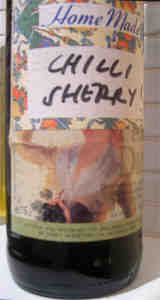Ladybirds. Natural, biological aphid control.
Posted by Fiona Nevile in General care, Wildlife | 0 comments There has been a ladybird living on the orchids in the bathroom all winter.
There has been a ladybird living on the orchids in the bathroom all winter.
Today, I discovered that ladybirds feed on scale insects and mealy bugs as well as aphids. We have had a problem with scale insects on the leaves of some of our orchids, which appears to have fizzled out. I like to think that this ladybird feasted in style at The Orchid Restaurant all winter. As the orchids flower constantly, the ladybird would have had a constant supply of pollen and nectar which form part of their diet.
I’ve always been keen on ladybirds. Ever since as a child I spotted that the cool kids wore Ladybird branded clothes. My Mother never appeared to cotton on to this world-stopping fact. Now, centuries later, these diminutive beetles are welcomed into our garden and cajoled to stay with the promise of copious amounts of aphids and some tiny boutique hotels for over wintering.
The average ladybird chomps her way though 5000 aphids in a lifetime. Surprisingly, it’s the larvae that are especially good to treat infestations of aphids. They have limited movement and immediately start munching. Two or three larvae can be dropped on an aphid-infested plant and guzzle away your problem.
It all seems so easy until you check out the prices for ladybirds (expensive, as they have wings and might fly away into your neighbour’s garden). Ladybird larvae are much cheaper. Whereas adult ladybirds are selling £25.99 for 25 the larvae are £14.99 for 50. The latter are older and cannier but not intelligent enough to avoid being trapped in a box. I’d always go for the larvae. There might be an Einstein amongst them.
There is one ladybird species that has migrated from North America; The Harlequin Ladybird. Larger than our common species, this eats aphids, mealy bugs, scale insects and a host of other insects including our native ladybirds. If you see one, kill it immediately.
Leave a reply





